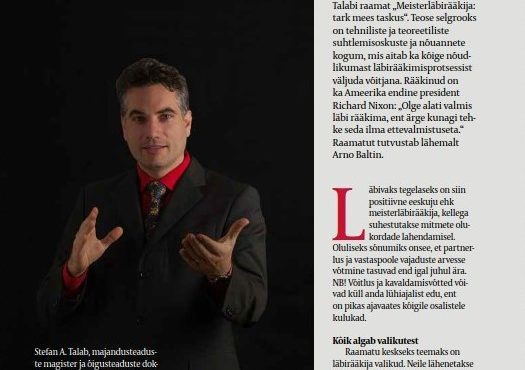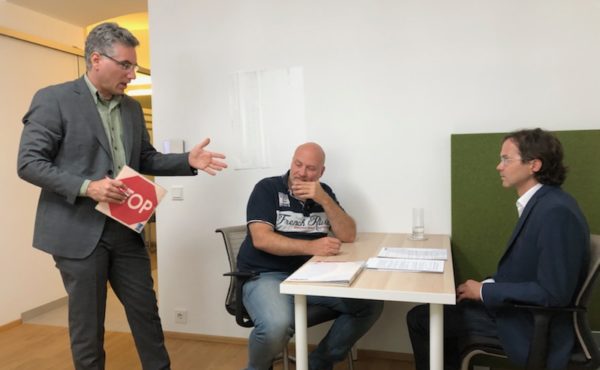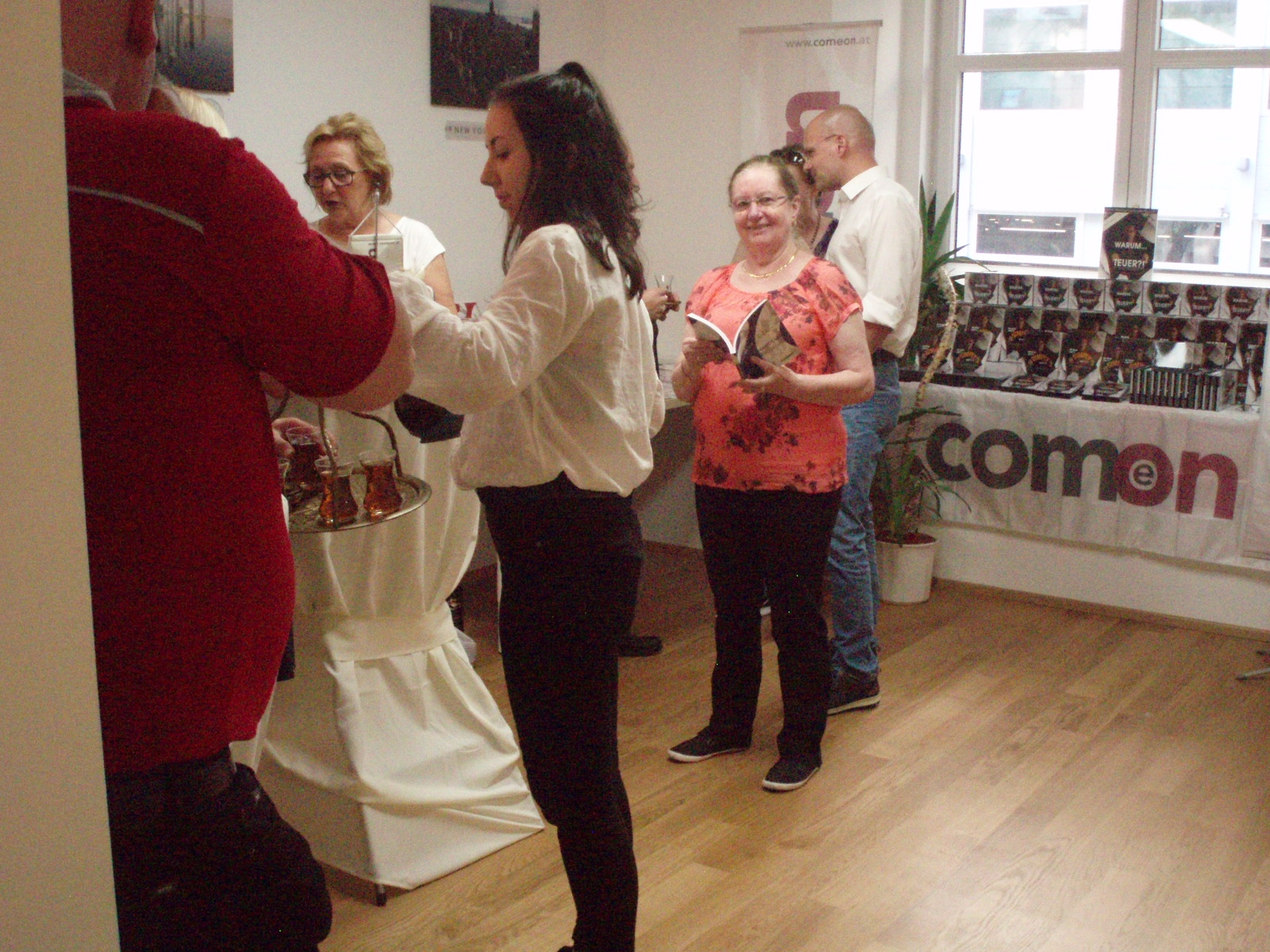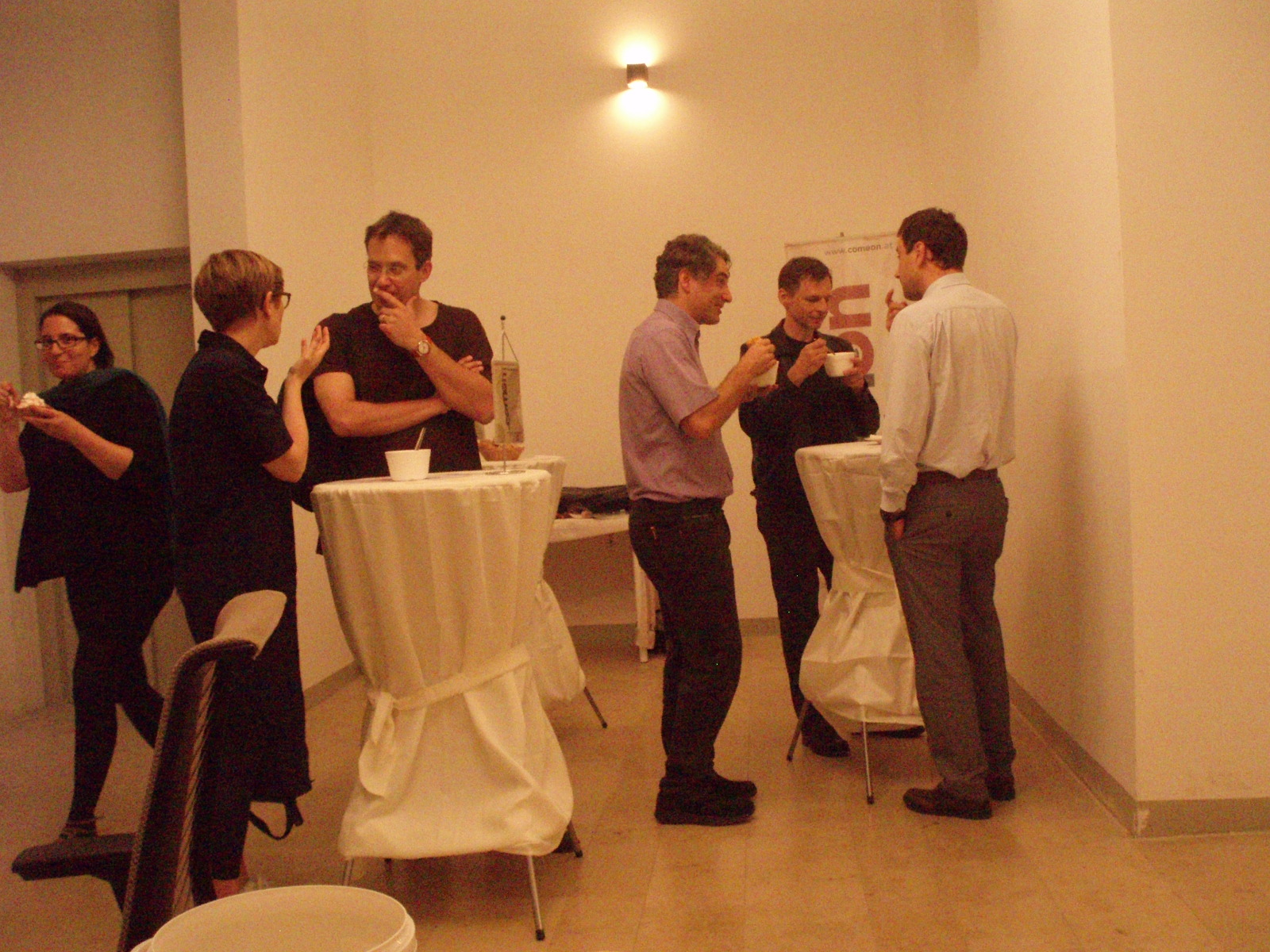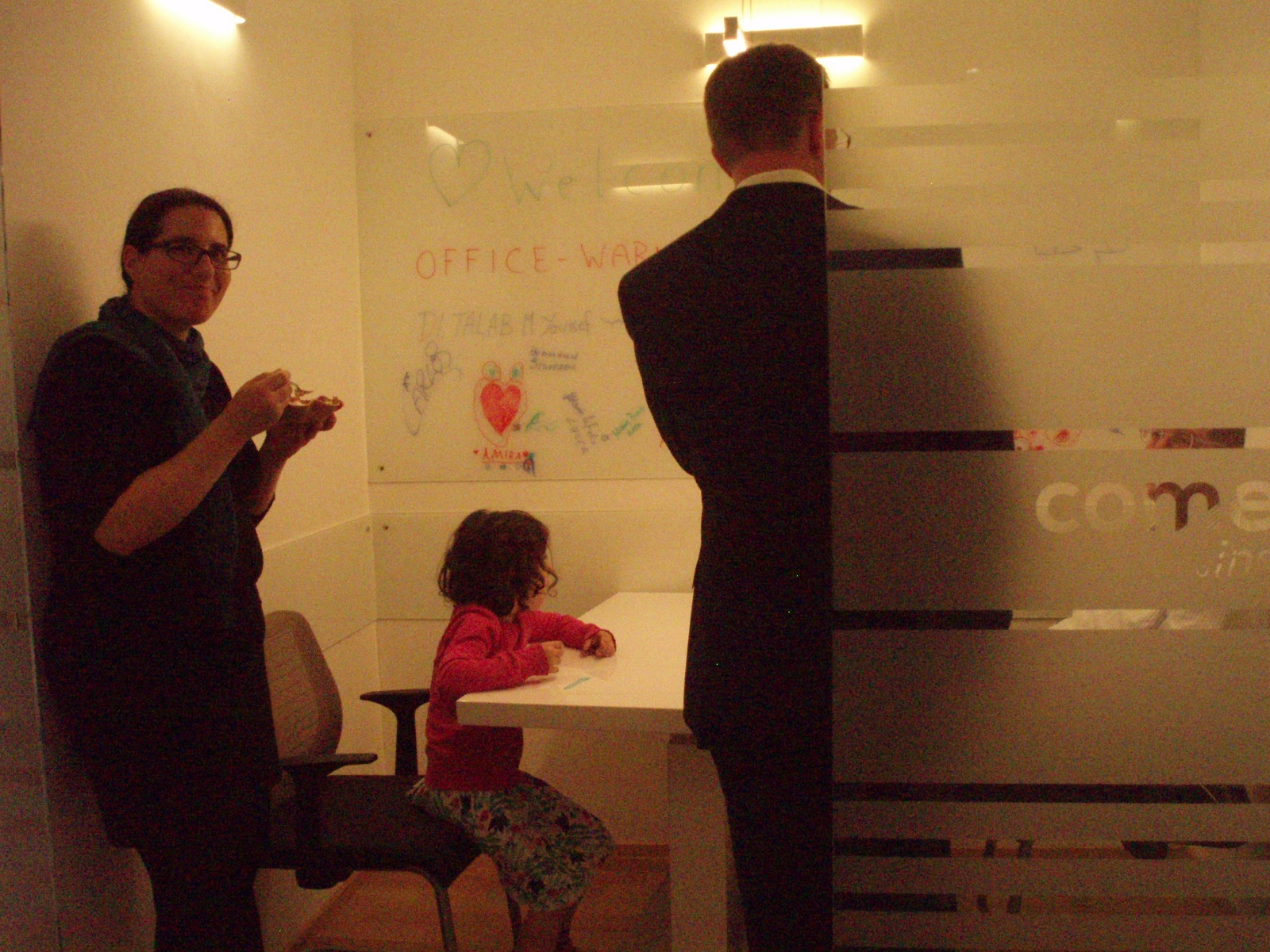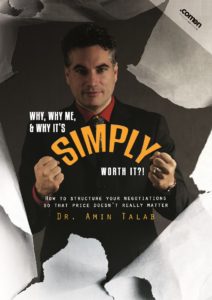How “Apps” like Nach, ToDoIst or Lifetick can help you reaching your negotiation goals!
Setting and reaching goals is paramount to negotiation success. I´ve been giving tips to setting goals (SMART-system) before and talked about efficiency vs. effectiveness here. After all, it is my objective to help clarify and structure goals as Negotiation Joker.
Setting goals is one thing, however, and pursuing them quite another, given daily distractions, time limits and over-boarding projects.
Apps and their reminders might help. Therefore I´ve been looking for and comparing different software/apps that might support your effort to reach your goals.
Software is here to support you
The way you want to use the software is quite essential and might differ considerably from person to person. I take into account my personal preferences, but also my clients´ criteria (time-sensitive people in stressful industries, as apposed to tech-geeks).
- INSPIRATION
I need to be inspired by the software, or in other words “get a kick out of using it”. Some of the software makes you want to use it. It gives you satisfaction to “tick off” yet another item or understand how much time you use of certain projects as compared to others.
- TOP-DOWN APPROACH
In order to work not only efficiently, but effectively, it is impertinent to be able to follow a top-down approach, i.e. define core values or top goals first and then drill down to To-do´s.
- POSSIBILITY TO WORK ON TOP-GOALS ONLY
I need to see top goals without all tasks attached. That helps identifying and seeing if I pursue the right goals. Combined with 6) that can really help allocating time on important rather than pressing objectives.
- CONCISE TO-DO LIST
After all the goal setting on special occasions, it is yet important to easily access tasks or a daily to-do list. After all, when you are in the middle of working through your schedule, you need a clear picture on what you should do.
- FLEXIBLE SCHEDULING
The software needs to be able to be very flexible on given schedules, since some tasks happen only certain weekdays, or every other day, or even any 2 days/week
- LOG AND COMPARE TIME
be able to track and compare time spend on different goals
- ALLOW DREAMING
I want the software not only to support me in building habits or ticking off tasks, but to help me start dreaming and put down dreams in the app to remind me of the big picture. There is no point, doing everything right, if you are not doing the right things.
- JOURNAL FUNCTION
be able to use it as Journal
The contenders
I have to admit that it took me nearly a month to even come to the finalists in this list. Lots of other programs, like Coach.me, ToDoIst, GoalSpace, Milestone Planner didn´t make it there because they lacked some of the requirements right away or felt clumsy to deal with.
Asana was the program I had been using for business tasks so far, but I wasn´t satisfied using it for more general objectives in life or negotiations.
The four finalists were Nach, Goals on Track, Lifetick and Strides. They were very close, and I wasn´t sure until the very last days which one I would choose for myself.
Outcome: the winner is…
1 point = unsatisfactory
2 points = ok
3 points = the way I want it

I tried Nach for over a year.
The program is really well structured and has the most helpful “To-Do-List” of all the programs I looked at. You can not only see your tasks for today and easily tick them of (careful, you might get addicted!), but also overdue tasks (helpful to catch up!) and, really helpful: Habits.
It is also possible to play around and set goals in a specific goal section. Not as rewarding as in Lifetick, but still helpful.

Also, I really enjoy being able to see the history quickly (how often did I go to the gym this week), but also add comments to dates/tasks and lead a Journal.

It also is is the summary of “little things” that convinced me. It is just a really thought-through experience with the best balance between functionality and analytical capability.
You can, e.g. add links to your tasks. So if you want to look at, say, specific data for an argument, or an exercise for work-out, just add the link and it will show up with the task reminder.
If you happen to work over midnight, there is a lovely reminder that you should refresh the page and it will give you the new To-do list.
Really useful are the trackers as well, since you can also compare where you are in relation to where you want to go (e.g. reading books/year) or contacting clients as compared to forecast.
All in all I was using Nach every single day and it helped me not only to stay focused on what needed to be done, but also to analyze the big picture and see if I am working on the right things and how I progress. However, it takes a lot of time to maintain and keeping everything up do date. For the long run and using it every single day, it just turned out to be too complex for me.
I fell in love with Lifetick the first time I found out you can fill in “core values” and seeing what the program would make out of it. Lifeick is a beauty not only flattering your eyes, but inspiring your whole brain to visualize core beliefs, dreams and goals. It would be the winner hands-down if you were to visualize your dreams and big goals.

However, it is not so easy to work with Lifetick on a day-to-day basis:
It is not easy to tick off tasks. While with Nach you do one click, you need to click on the task and then wait for it to open and click yet another time on the task and third time on “complete instance” and close it again to mark it as done. The whole experience with the To-Do list was inferior and just too cumbersome to use it regularly. This is the reason I couldn´t go for it, even though I loved the feel of the whole program.
Also (at the moment, but help was promised by the developers) it is impossible to mark a task to be due on certain weekdays only, or every other day. For me, this was a no-go.
The Journal and tracking functions are pretty good, once you get the hang of it.
Lifetick is also the only program that let´s you add clients and work with them on their goals. That alone could be a feature worthwile pursuing, I will keep that in the back of my mind also.
GoT has many things going for it. It has the top-down approach, a good journal function and all the rest of it.
But there is one big disadvantage: it is too complicated and simply not much fun. I have to admit that I might not have tried long enough. There is no free trial, but you will get your money back within 30 days (and that worked out fine with me), so you should try this one out.
Also, the founder Harry is sending lots of interesting information on goals setting in his newsletter, so it might be worth you while looking into that one as well.
Strides is the most practical of them all. As “To-Do-List” and tracker it has a lot going for it.
It is easy to handle, and what a great idea to to cluster trackers together with goals.
The main back draw is the lack of any hierarchy in goal-setting, so you can´t really use it to define your core goals and break them down. For habits and reminders on To-dos it would be perfect.
Switching to Android this is no longer an option for me, as it is not available!
Of course, that was only my little test here, and I am happy to learn and recommend other programs, if they meet my criteria. What was your experience?

